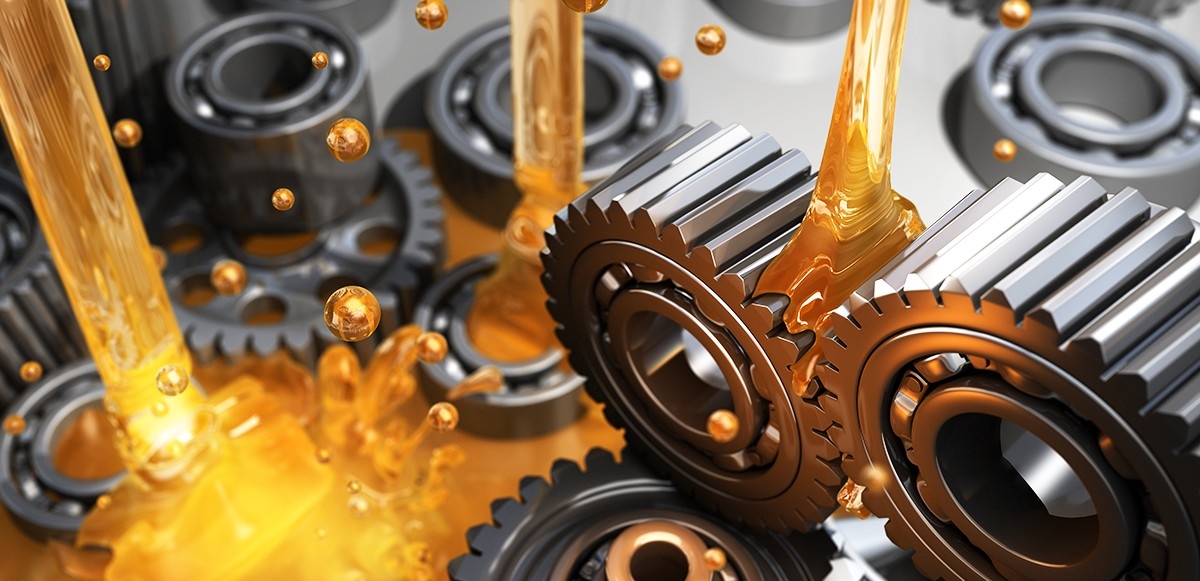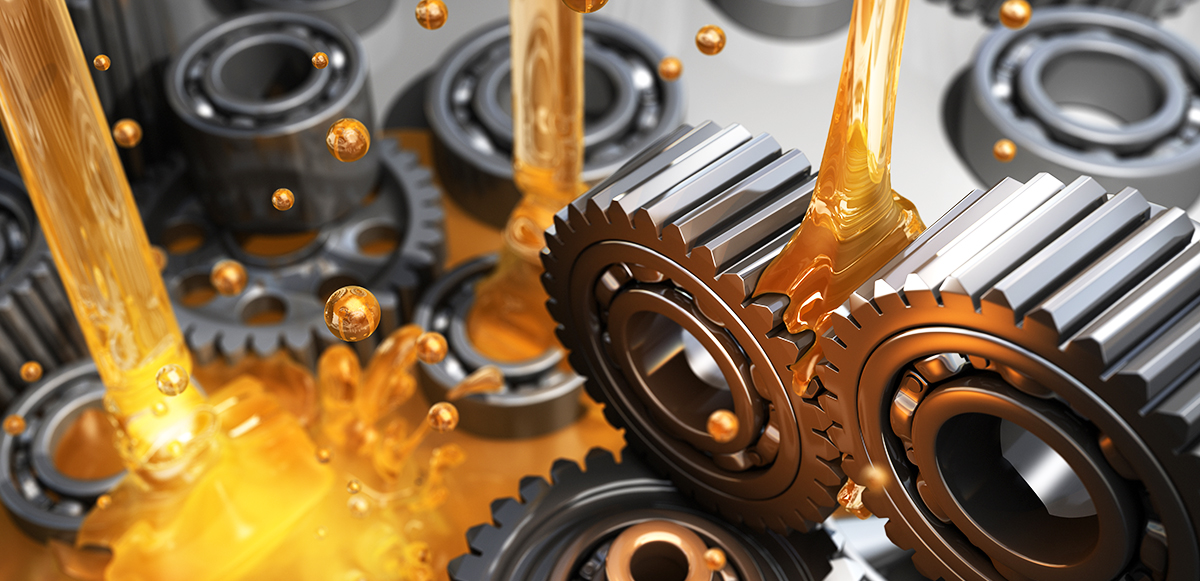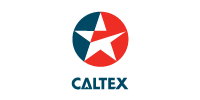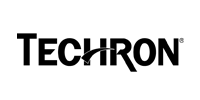Ways Lubrication Can Increase Productivity and Profits


In industrial operations, lubrication is often treated as a background task. But the right products, applied with the right methods and at the right time can directly influence production output, maintenance schedules, and operating margins. From protecting critical parts to enabling precision control, here’s how effective lubrication and lubrication strategies can turn routine upkeep into a competitive advantage.
Safeguards High-Stress Components from Wear
High-load contact points like cylinder liners, piston rings, bearings, and gear teeth are subjected to extreme pressures, high temperatures, and contamination from combustion by-products or environmental dust. Effective lubrication forms a protective film that minimizes metal-to-metal contact, keeps surfaces cleaner, and limits abrasive wear. This protection not only extends component life but also maintains optimal operating conditions, which keeps machinery running at its designed performance levels.
Extends Oil Life to Synchronize Maintenance with Production
Modern equipment operates at higher speeds and pressures, placing more thermal and mechanical stress on lubricants. Oils that resist oxidation, maintain viscosity, and effectively manage contaminants over extended periods allow operators to extend drain intervals. Longer oil life gives maintenance teams the flexibility to align service with planned production stops—avoiding unnecessary lubricant changes, preventing overspending caused by mismanaged lubricant use, and keeping the focus on productive operations that drive profitability.
Drives Whole-System Efficiency
Lubrication’s benefits go beyond individual components—it stabilizes performance across entire systems. The right lubricant maintains thermal stability and supports optimal operating conditions. This consistency reduces energy loss, minimizes unplanned load fluctuations, and supports sustainability goals by lowering power consumption and emissions per unit of output.
Reduces and Controls Downtime
A well-designed lubrication program reduces the risk of sudden breakdowns caused by overheating, frictional wear, or lubricant degradation. And when maintenance is necessary, the combination of detailed lubrication schedules, condition monitoring, and product performance data allows shutdowns to be planned in advance. That means downtime happens when it is least disruptive, with the right parts and personnel ready.
Extends Asset Life Through Proactive Lubrication Practices
Contamination control, correct product selection, and regular oil analysis slow the rate of mechanical degradation. By reducing the internal stress that leads to failure, operators can extend the usable life of high-value machinery. This delays costly capital replacements and keeps depreciation lower for longer, while maintaining the capabilities of existing assets.
Ensures Consistency with Precision Delivery Systems
Automated and metered lubrication systems deliver the exact amount of lubricant to the precise location at the exact interval required. This prevents over-lubrication (which can cause heat build-up and seal damage) and under-lubrication (which can lead to rapid wear), while keeping operating conditions consistent. The result is predictable performance, less waste, and more uniform product quality.
Bottom line
Lubrication isn’t just about preventing squeaks—it’s about safeguarding output, improving efficiency, and extending the life of your assets. A well-designed lubrication strategy turns maintenance into a profit driver, reducing costs while keeping productivity high.





























